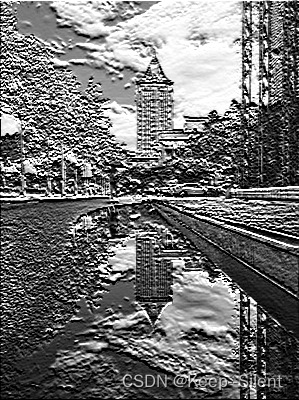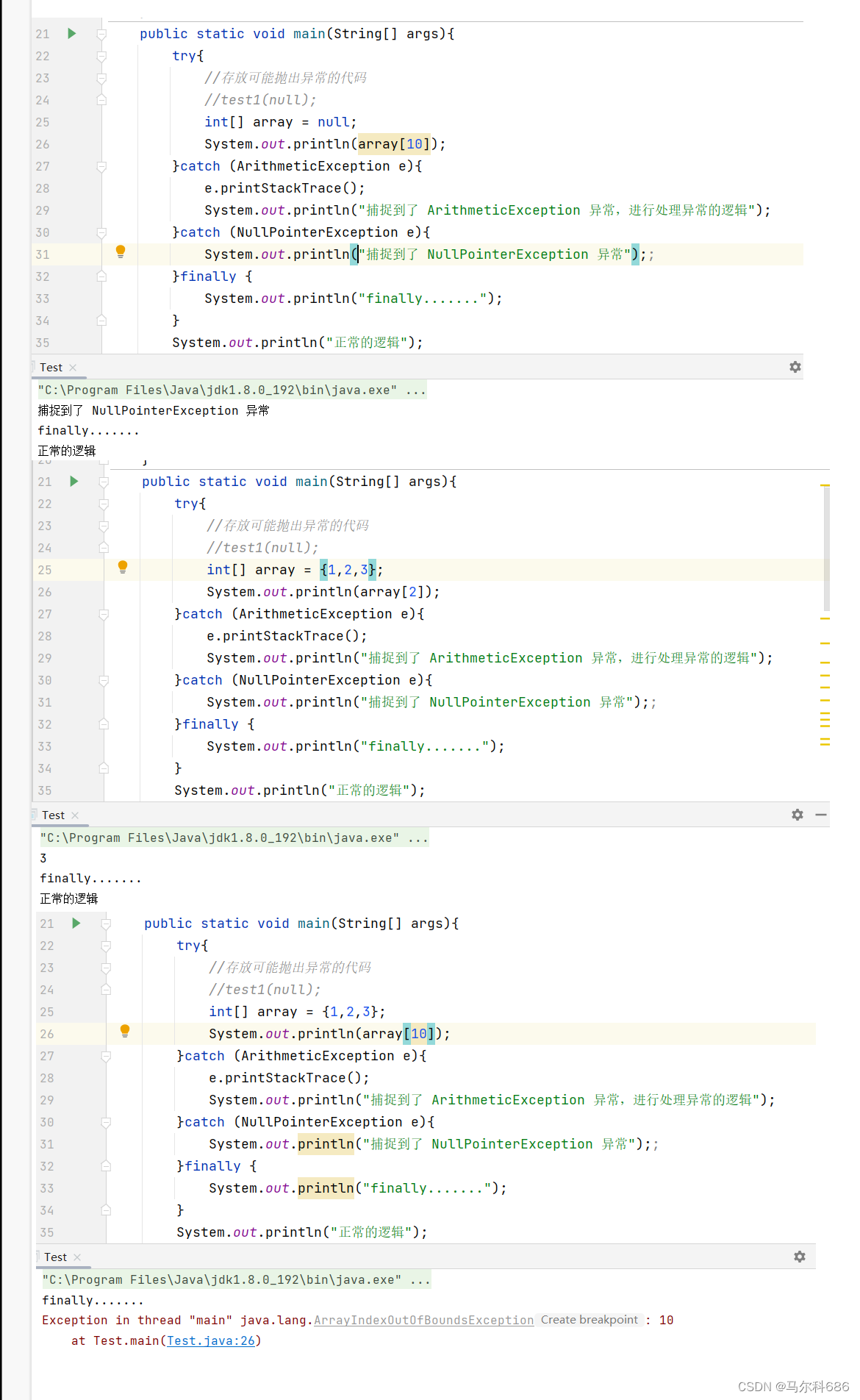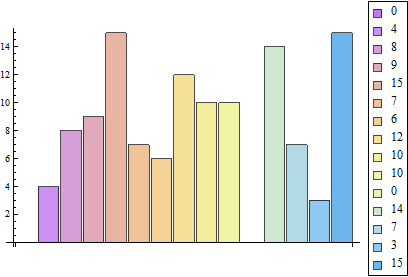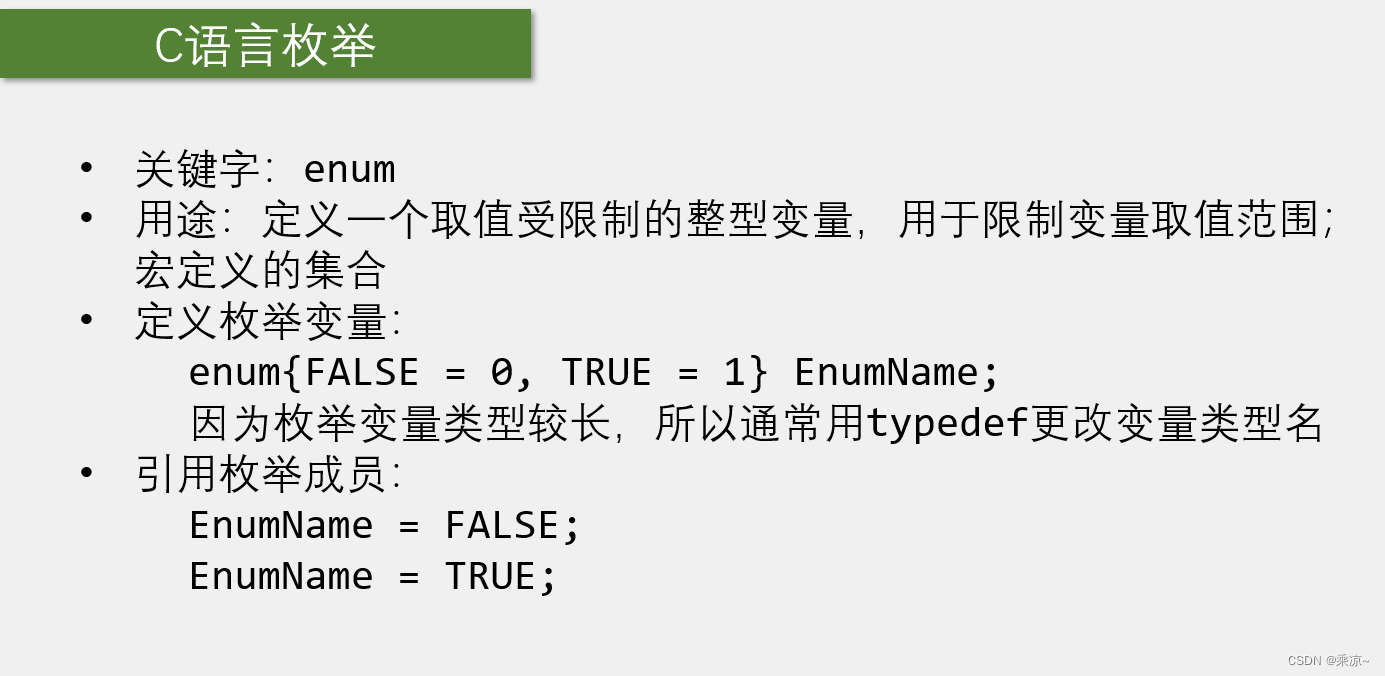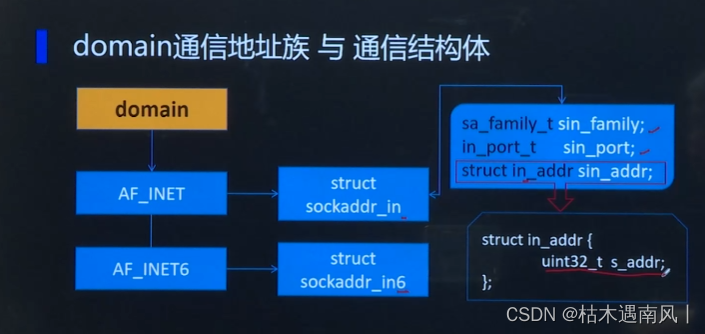🐶博主主页:@ᰔᩚ. 一怀明月ꦿ
❤️🔥专栏系列:线性代数,C初学者入门训练,题解C,C的使用文章,「初学」C++
🔥座右铭:“不要等到什么都没有了,才下定决心去做”
🚀🚀🚀大家觉不错的话,就恳求大家点点关注,点点小爱心,指点指点🚀🚀🚀
目录
链式二叉树的实现
链式二叉树的结构创建
链式二叉树节点的创建
链式二叉树的创建
链式二叉树的前序遍历
链式二叉树的中序遍历
链式二叉树的后序遍历
链式二叉树的节点个数
链式二叉树叶子节点个数
链式二叉树的高度
链式二叉树的k层节点个数
链式二叉树中寻找某个值
链式二叉树的层序遍历
链式二叉树的销毁
源码:
链式二叉树的实现
链式二叉树的结构创建
typedef int BTDataType; typedef struct BinarytreeNode { struct BinarytreeNode* left; struct BinarytreeNode* right; BTDataType data; }BTNode;链式二叉树节点的创建
BTNode* BuyNodde(BTDataType x) { BTNode* newnode=(BTNode*)malloc(sizeof(BTNode)); if(newnode==NULL) { perror("malloc fail"); return NULL; } newnode->data=x; newnode->left=NULL; newnode->right=NULL; return newnode; }链式二叉树的创建
这里的二叉树是[1,2,4,3,null,5,6]
BTNode* CreatBinaryTree(void) { BTNode* node1=BuyNodde(1); BTNode* node2=BuyNodde(2); BTNode* node3=BuyNodde(3); BTNode* node4=BuyNodde(4); BTNode* node5=BuyNodde(5); BTNode* node6=BuyNodde(6); node1->left=node2; node1->right=node4; node2->left=node3; node4->left=node5; node4->right=node6; return node1; }链式二叉树的前序遍历
void PrevOrder(BTNode* root) { if(root==NULL) { printf("N "); return; } printf("%d ",root->data); PrevOrder(root->left); PrevOrder(root->right); }链式二叉树的中序遍历
void InOrder(BTNode* root) { if(root==NULL) { printf("N "); return; } PrevOrder(root->left); printf("%d ",root->data); PrevOrder(root->right); }链式二叉树的后序遍历
void PostOrder(BTNode* root) { if(root==NULL) { printf("N "); return; } PostOrder(root->left); PostOrder(root->right);链式二叉树的节点个数
int BinaryTreeSize(BTNode* root) { if(root==NULL) return 0; return BinaryTreeSize(root->left)+BinaryTreeSize(root->right)+1; }链式二叉树叶子节点个数
int BinaryTreeleafSize(BTNode* root) { if(root==NULL) return 0; if(root->left==NULL&&root->right==NULL) return 1; return BinaryTreeleafSize(root->left)+BinaryTreeSize(root->right); }链式二叉树的高度
int BinaryTreeHeight(BTNode* root) { if(root==NULL) return 0; int ret1=BinaryTreeSize(root->left); int ret2=BinaryTreeSize(root->right); return ret1>ret2?ret1+1:ret2+1; }链式二叉树的k层节点个数
int KLevelBinaryTreeSize(BTNode* root,int k) { if(root==NULL) return 0; if(k==1) return 1; return KLevelBinaryTreeSize(root->left,k-1)+KLevelBinaryTreeSize(root->right,k-1); }链式二叉树中寻找某个值
BTNode* BinaryTreeFind(BTNode* root,int x) { if(root==NULL) return NULL; if(root->data==x) return root; BTNode* ret1=BinaryTreeFind(root->left, x); if(ret1) return ret1; BTNode* ret2=BinaryTreeFind(root->right, x); if(ret2) return ret2; return NULL; }链式二叉树的层序遍历
链式二叉树的层序遍历需要借助队列的性质,所以需要使用队列的源码
void LevelOreder(BTNode* root) { Queue q; QueueInit(&q); if(root) QueuePush(&q, root); while(!QueueEmpty(&q)) { BTNode* front=QueueFront(&q); QueuePop(&q); printf("%d ",front->data); if(front->left) QueuePush(&q, front->left); if(front->right) QueuePush(&q, front->right); } printf("\n"); }链式二叉树的销毁
void DestroyBinaryTree(BTNode* root) { if(root==NULL) return; DestroyBinaryTree(root->left); DestroyBinaryTree(root->right); free(root); }源码:
#ifndef Queue_h #define Queue_h #include <stdio.h> #include<stdlib.h> #include<stdbool.h> #include<assert.h> #endif /* Queue_h */ typedef struct BinarytreeNode* QDataType; typedef struct QueueNode { struct QueueNode* next; QDataType data; }QNode; typedef struct Queue { QNode* phead; QNode* ptail; int size; }Queue; //队列的初始化 void QueueInit(Queue* pq); //队列的销毁 void QueueDestroy(Queue* pq); //进队列(尾插) void QueuePush(Queue* pq,QDataType x); //出队列(头删) void QueuePop(Queue* pq); //队头数据 QDataType QueueFront(Queue* pq); //队尾数据(伏笔) QDataType QueueBack(Queue* pq); //返回队列的数据个数 int QueueSize(Queue* pq); //判断队列是否为空 bool QueueEmpty(Queue* pq); void QueueInit(Queue* pq) { assert(pq); pq->phead=NULL; pq->ptail=NULL; pq->size=0; } void QueueDestroy(Queue* pq) { assert(pq); QNode* cur=pq->phead; while(cur) { QNode* next=cur->next; free(cur); cur=next; } pq->phead=pq->ptail=NULL; pq->size=0; } void QueuePush(Queue* pq,QDataType x) { assert(pq); QNode* newnode=(QNode*)malloc(sizeof(QNode)); if(newnode==NULL) { perror("malloc fail\n"); return; } newnode->data=x; newnode->next=NULL; if(pq->phead==NULL)//当链表为空的时候 { assert(!pq->ptail);//当链表为空的时候,pq->ptail也是空 pq->phead=newnode; pq->ptail=newnode; } //链表不为空的时候进队列插入数据(尾插) else { pq->ptail->next=newnode; pq->ptail=newnode; } pq->size++; } void QueuePop(Queue* pq) { assert(pq); assert(!QueueEmpty(pq));//判断队列是否为空,断言为真程序继续 //一个节点的时候 //if(pq->phead->next==NULL) if(pq->phead==pq->ptail) { free(pq->phead); pq->phead=NULL; pq->ptail=NULL; } //多个节点的时候 else { //相当于头删 QNode* next=pq->phead->next; free(pq->phead); pq->phead=next; } pq->size--; } QDataType QueueFront(Queue* pq) { assert(pq); assert(!QueueEmpty(pq));//判断队列是否为空,断言为真程序继续 return pq->phead->data; } QDataType QueueBack(Queue* pq) { assert(pq); assert(!QueueEmpty(pq)); return pq->ptail->data; } bool QueueEmpty(Queue* pq) { assert(pq); return pq->phead==NULL; } int QueueSize(Queue* pq) { assert(pq); return pq->size; } typedef int BTDataType; typedef struct BinarytreeNode { struct BinarytreeNode* left; struct BinarytreeNode* right; BTDataType data; }BTNode; BTNode* BuyNodde(BTDataType x) { BTNode* newnode=(BTNode*)malloc(sizeof(BTNode)); if(newnode==NULL) { perror("malloc fail"); return NULL; } newnode->data=x; newnode->left=NULL; newnode->right=NULL; return newnode; } BTNode* CreatBinaryTree(void) { BTNode* node1=BuyNodde(1); BTNode* node2=BuyNodde(2); BTNode* node3=BuyNodde(3); BTNode* node4=BuyNodde(4); BTNode* node5=BuyNodde(5); BTNode* node6=BuyNodde(6); node1->left=node2; node1->right=node4; node2->left=node3; node4->left=node5; node4->right=node6; return node1; } //前序遍历 void PrevOrder(BTNode* root) { if(root==NULL) { printf("N "); return; } printf("%d ",root->data); PrevOrder(root->left); PrevOrder(root->right); } //中序遍历 void InOrder(BTNode* root) { if(root==NULL) { printf("N "); return; } PrevOrder(root->left); printf("%d ",root->data); PrevOrder(root->right); } //后序遍历 void PostOrder(BTNode* root) { if(root==NULL) { printf("N "); return; } PostOrder(root->left); PostOrder(root->right); printf("%d ",root->data); } //求二叉树的个数 int BinaryTreeSize(BTNode* root) { if(root==NULL) return 0; return BinaryTreeSize(root->left)+BinaryTreeSize(root->right)+1; } //求二叉树的叶子节点 int BinaryTreeleafSize(BTNode* root) { if(root==NULL) return 0; if(root->left==NULL&&root->right==NULL) return 1; return BinaryTreeleafSize(root->left)+BinaryTreeSize(root->right); } //求二叉树的高度 int BinaryTreeHeight(BTNode* root) { if(root==NULL) return 0; int ret1=BinaryTreeSize(root->left); int ret2=BinaryTreeSize(root->right); return ret1>ret2?ret1+1:ret2+1; } //求树的k层节点 int KLevelBinaryTreeSize(BTNode* root,int k) { if(root==NULL) return 0; if(k==1) return 1; return KLevelBinaryTreeSize(root->left,k-1)+KLevelBinaryTreeSize(root->right,k-1); } //树中节点的寻找,找到返回这个节点 BTNode* BinaryTreeFind(BTNode* root,int x) { if(root==NULL) return NULL; if(root->data==x) return root; BTNode* ret1=BinaryTreeFind(root->left, x); if(ret1) return ret1; BTNode* ret2=BinaryTreeFind(root->right, x); if(ret2) return ret2; return NULL; } //层序遍历 void LevelOreder(BTNode* root) { Queue q; QueueInit(&q); if(root) QueuePush(&q, root); while(!QueueEmpty(&q)) { BTNode* front=QueueFront(&q); QueuePop(&q); printf("%d ",front->data); if(front->left) QueuePush(&q, front->left); if(front->right) QueuePush(&q, front->right); } printf("\n"); } //二叉树的销毁 void DestroyBinaryTree(BTNode* root) { if(root==NULL) return; DestroyBinaryTree(root->left); DestroyBinaryTree(root->right); free(root); } int main() { //创建链式二叉树 BTNode* root=NULL; root=CreatBinaryTree(); printf("前序遍历:"); PrevOrder(root); printf("\n"); printf("中序遍历:"); InOrder(root); printf("\n"); printf("后序遍历:"); PostOrder(root); printf("\n"); printf("树的节点个数:%d\n",BinaryTreeSize(root)); printf("树的叶子节点的个数:%d\n",BinaryTreeleafSize(root)); printf("树的高度为:%d\n",BinaryTreeHeight(root)); printf("树的第三层的节点个数:%d\n",KLevelBinaryTreeSize(root, 3)); printf("树中的数值5:%d\n",BinaryTreeFind(root, 5)->data); printf("层序遍历:\n"); LevelOreder(root); return 0; }
🌸🌸🌸如果大家还有不懂或者建议都可以发在评论区,我们共同探讨,共同学习,共同进步。谢谢大家! 🌸🌸🌸







